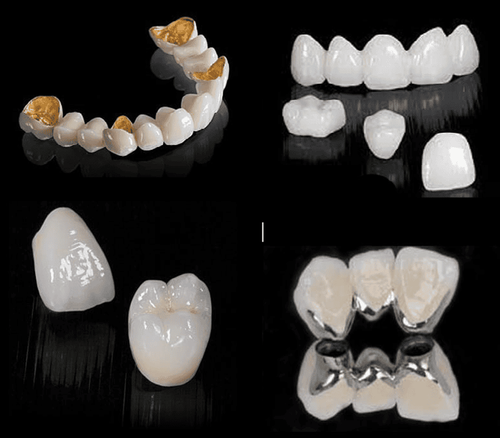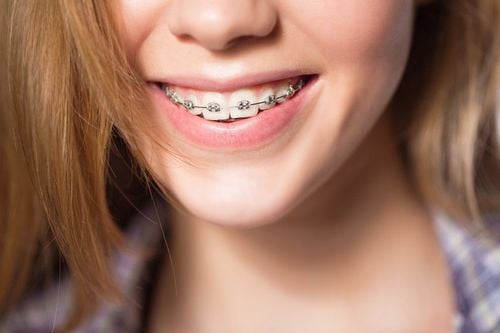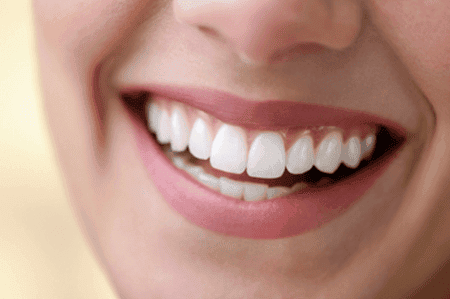This is an automatically translated article.
The article was professionally consulted by Specialist Doctor I Nguyen Trung Hau - Doctor of Odonto-Stomatology - Department of Medical Examination & Internal Medicine - Vinmec Da Nang International General Hospital. BSCK I Nguyen Trung Hau has more than 10 years of experience working in the field of Odonto-Stomatology, Dr. Hau especially has a lot of experience in maxillofacial surgery, cosmetic dentistry, Implant implants.Making porcelain teeth is a form of improving and overcoming the defects of teeth, helping customers eat and chew better. At the same time, making porcelain teeth also helps to improve aesthetics, giving customers the most beautiful, natural white teeth.
1. Indications for making porcelain teeth
Besides the cases of porcelain teeth because you want to have a bright, even and beautiful white teeth, this method is also indicated for the following cases:The customer's teeth are dead pulp. When the tooth has too much decay or has too large a chip, fillings cannot improve the condition. Teeth are sparse, protruding, misaligned, uneven. Teeth that are too severely stained cause cosmetic loss.
2. How is the process of making porcelain teeth?
Porcelain veneers are considered as a form of aesthetics, so the process is quite complicated. The examination must be conducted with care and the dentist conducting it must be highly qualified. If the preparation problems are not guaranteed, it will greatly affect the customer's porcelain crown results.
Quy trình bọc răng sứ đòi hỏi nha sĩ phải có tay nghề cao
Step 1: Examination (X-ray if needed) and treatment plan In this step, the customer will have a general dental examination, X-ray - Optical if there is tooth decay or pulpitis. From the results of the examination, the dentist will diagnose before crowning porcelain teeth and advise customers on the types of porcelain teeth suitable for the customer's dental condition and economic conditions.
Step 2: Dental hygiene, take temporary teeth impressions After examining and deciding on the type of porcelain teeth. Customers will have dental hygiene including scraping tartar, cleaning the oral cavity, removing gingivitis. Next, the customer will take temporary dental impressions as a basis for making porcelain teeth. Step 3: Anesthesia, grinding the teeth, taking impressions to make porcelain teeth and attaching temporary teeth Customers will have a general health examination such as measuring blood pressure, heart rate, ... to ensure enough health for the process of crowning the teeth. ceramic. The dentist will numb the area of the tooth that needs to be covered with porcelain, if the tooth to be covered has already taken the pulp, there is no need to anesthetize.
After anesthesia, the dentist will grind the crown to a pulp to make the outer porcelain crown. Completing this process, the customer will be taken to make an impression of the pulp to make porcelain teeth. At the same time, comparing teeth color to choose the right porcelain tooth color, customers can also ask for the color and shape of their teeth.
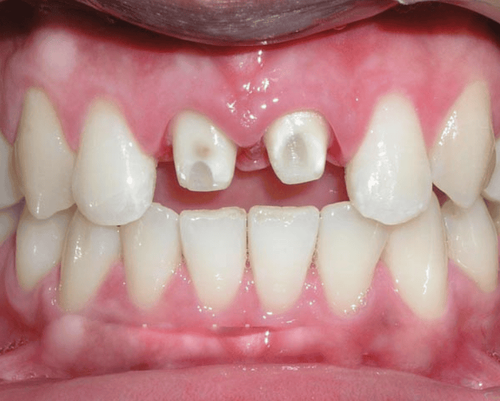
Răng của bạn được mài nhỏ để làm trụ gắn răng sứ
Step 4: Try and temporarily attach porcelain teeth In the next stage, customers will come to the dentist to check the fit, shape and color of porcelain teeth. Besides, the customer's chewing feeling is also very important, the dentist will adjust the position of the porcelain teeth until the customer's chewing is most convenient.
After trying, the dentist will temporarily attach porcelain teeth for customers to eat and drink and experience the feeling of chewing with porcelain teeth. If the customer feels that the position needs to be corrected or the eating is unfavorable, the customer will report it to the dentist for adjustment.
Step 5: Finish bonding and re-examination every 6 months Finally, when the customer is satisfied with the porcelain teeth, the dentist will proceed to attach the permanent teeth. So the porcelain teeth have been completed.
Customers will be instructed to take care of their porcelain teeth, take care of them, and clean their teeth and schedule a regular check-up every 6 months.
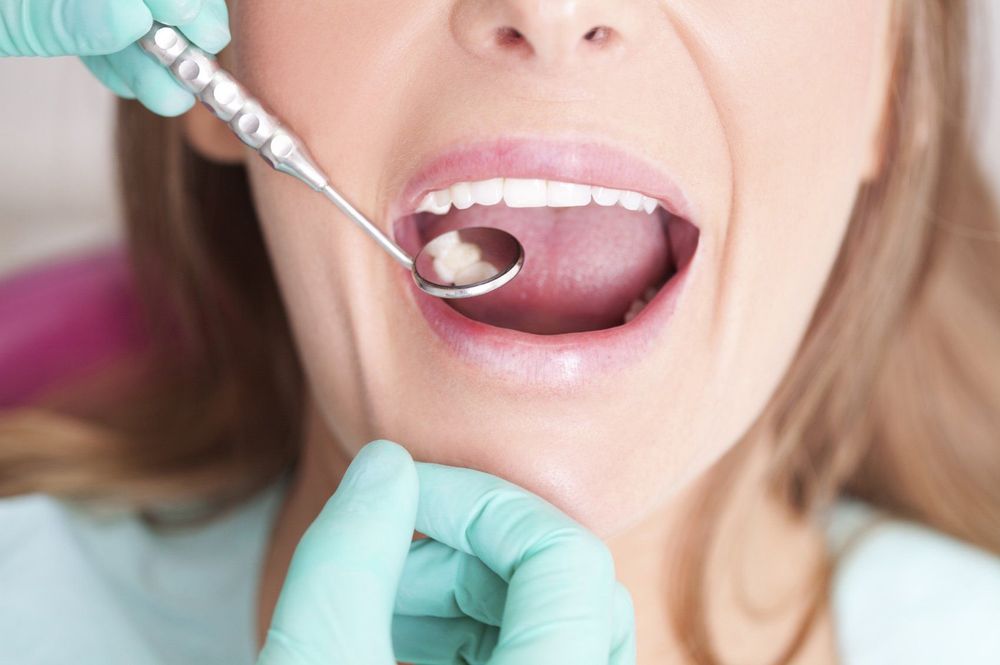
Khách hàng sẽ tái khám định kỳ để kiểm tra sức khỏe răng miệng
3. The most popular ways to cover porcelain teeth today
Currently, the commonly used porcelain crowns include the following two forms:3.1 Making a crown This method is usually applied to cases where one tooth is damaged, the tooth is broken too much, the filling of the tooth cannot be restored or the tooth has undergone root canal treatment and is prone to breakage.
The doctor will grind the teeth and proceed to take a crown, this way to restore the damaged tooth and ensure that the tooth is not broken during the future chewing.
3.2 Making a bridge This method is often applied to cases where one or more teeth are lost but still have abutment teeth on both sides. However, customers do not want to wear removable dentures or do not have the conditions to place implants. At that time, making a porcelain bridge is the most effective way to restore teeth. The doctor will grind down two real teeth on both sides to make a bridge and then put the crown on top.
Although porcelain crowns are a form of aesthetics, the process is quite complicated, so customers should choose a reputable facility and highly skilled dentists.
Please dial HOTLINE for more information or register for an appointment HERE. Download MyVinmec app to make appointments faster and to manage your bookings easily.





